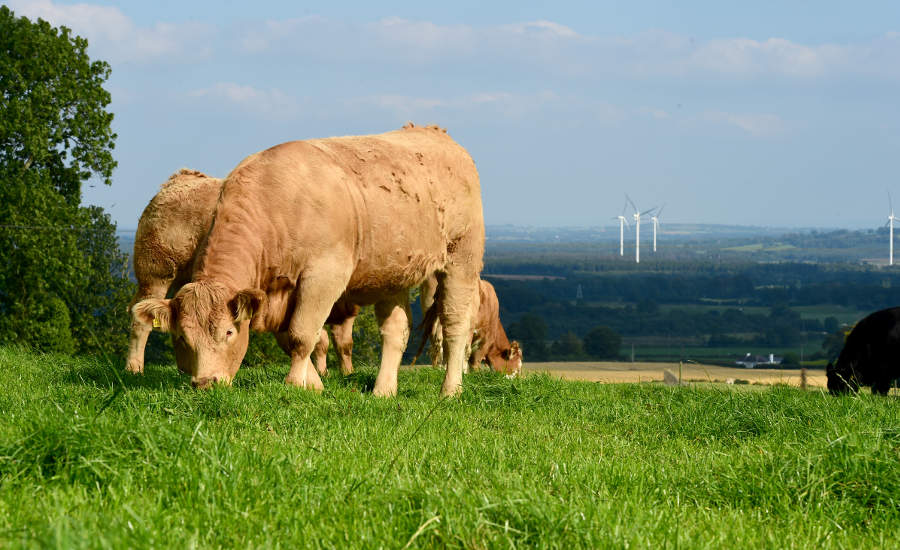Irish beef is gaining a foothold in the U.S. market thanks to Bord Bia
Grass-fed beef from the Emerald Isle.
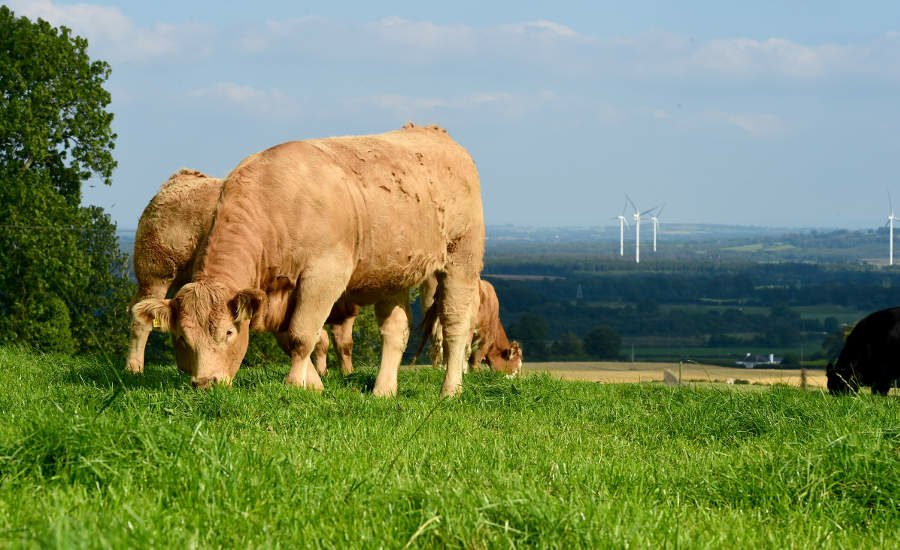
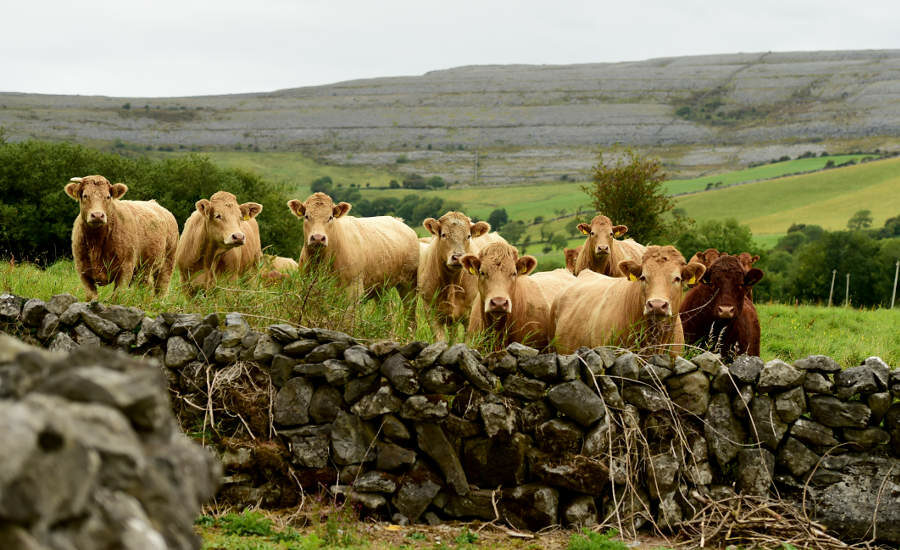
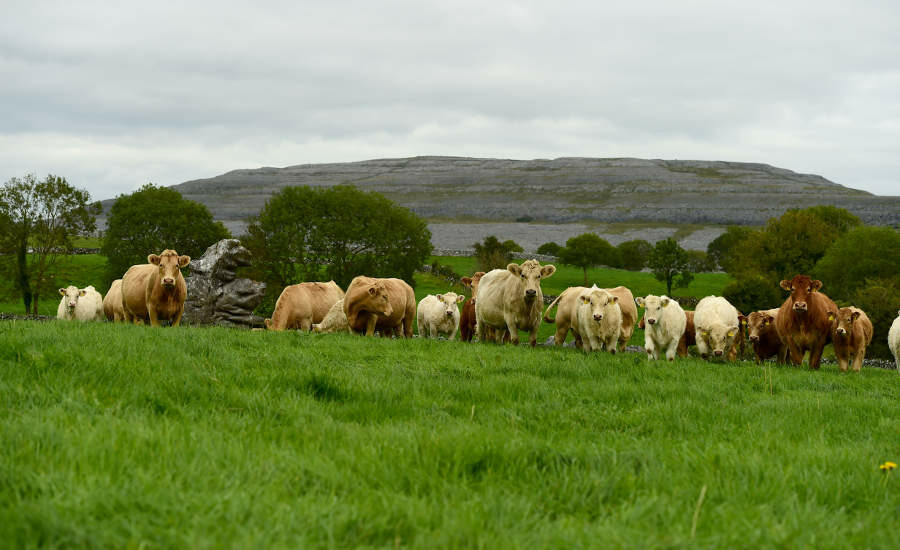
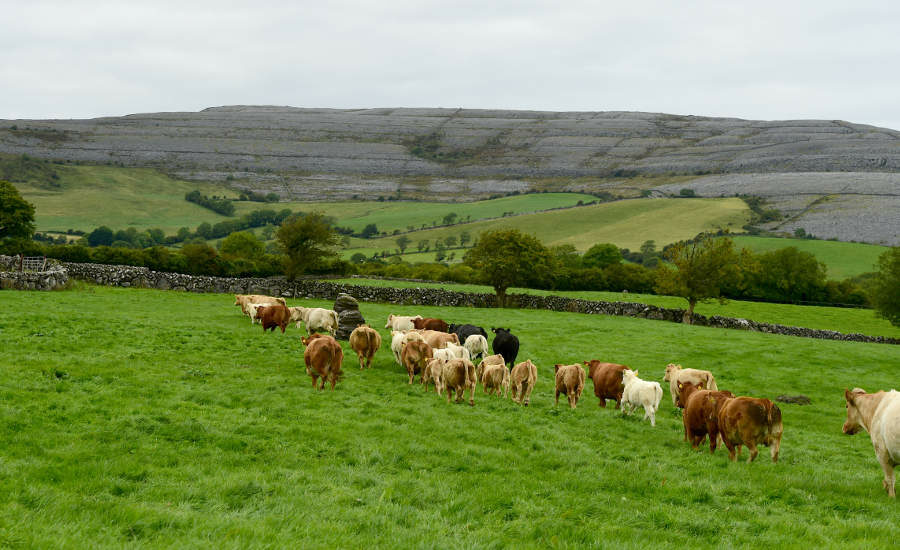
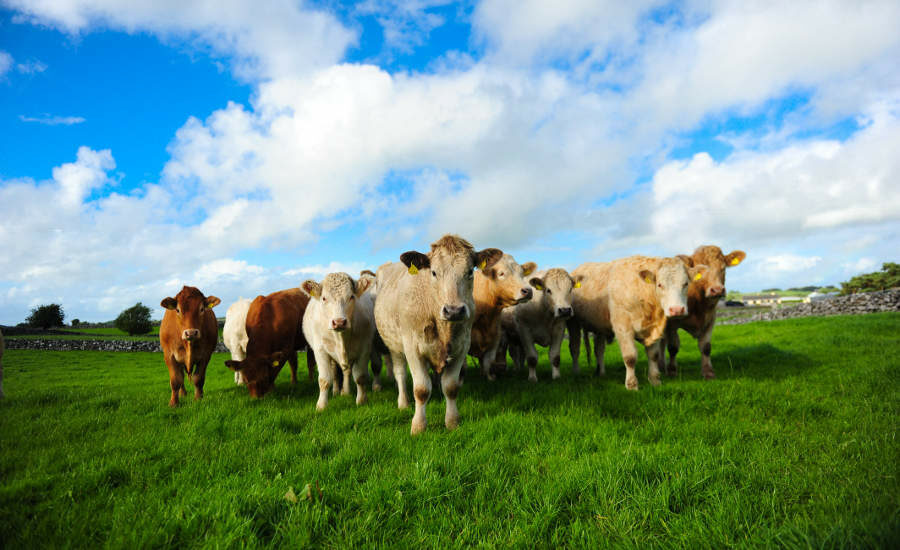





Ireland has staked some well-established claims on American grocery store shelves. To date, most of the country’s success has been with dairy products, such as butter and cheese, and alcohol. The current goals of Bord Bia, aka the Irish Food Board, is to make sure that Irish beef becomes just as prevalent in American retail stores.
“We are a food island. It’s our biggest indigenous industry, the Irish agri-food sector. We export 90% of what we produce all over the globe,” says Ireland’s Minister for Agriculture, Food and the Marine, Michael Creed. “We’re in 180 different countries. We live or die by our reputation; we take it extremely seriously, and we’ve very conscious of it.”
Irish beef became the first EU country to export beef to the United States in 15 years, following a ban due to mad cow disease. The ban was officially lifted in 2014, and exports resumed the following year after U.S. inspections were completed. Since then, the Irish Food Board has worked to learn about the American consumer while highlighting the attributes of Irish beef.
Bord Bia has been established for the marketing of Irish food overseas. Tara McCarthy, chief executive of the agency, says that the country has experienced eight consecutive years of growth in its food exports, including a 13 percent increase last year alone. The United States is the biggest importer in the world, and Ireland is the largest net exporter of beef in the Northern Hemisphere.
 If shoppers are searching for a feel-good story in their meat products, then Bord Bia has an interesting story to tell.
If shoppers are searching for a feel-good story in their meat products, then Bord Bia has an interesting story to tell.
“We are exporting to hundreds of different retailers in Europe, and we felt that our experience and our expertise have a place here in the U.S. market,” she says.
There are six companies licensed by the USDA to export to the United States, and McCarthy says that they represent about 80 percent of the Irish industry. They include ABP, Dawn Meats, Foyle Meats, Liffey Meats, Kepak and Slaney Foods.
The Irish beef industry has made great strides since the U.S. market opened in reaching out to potential importer, distributor and retail partners. The Irish Food Board set up a large booth at the recent Annual Meat Conference in Nashville, Tenn., inviting retailer representatives to taste their product and meet many of the Irish processors that are licensed to ship to the United States. Five of the six Irish processors were present at AMC.
Several of the key attributes of Irish beef just happen to match the attributes that consumers favor of their meat products. Grass-fed beef is gaining traction in the United States due to its perceived health benefits, though most consumers prefer the taste of grain-fed beef. Ireland, with its steady rainfall and lush grass, produces a grass-fed beef that’s unlike its American counterpart.
“As such, the Irish beef is a lot more tender and flavorful, and is a different eating experience than perhaps the experience with eating grass-fed beef over here,” explains Karen Coyle, Director, North America, Irish Food Board.
American consumers also are asking more questions about their meat products, showing heightened interest not only in the finished product but also how the animal was raised. If shoppers are searching for a feel-good story in their meat products, then Bord Bia has an interesting story to tell.
“When we look at how the beef is raised, we’re talking about 50,000 family farms that are producing it,” McCarthy says. “We’re talking about animals that are outside for an average 245 days a year, that have anything up to 100 percent of their diet being grass, that receive no hormones.”
The story behind Irish beef is backed up by Origin Green, Ireland’s nationwide approach to sustainability. Every one of those 50,000 farms, accounting for about 90 percent of Irish beef production, are audited every 18 months to ensure they are maintaining their commitments to sustainability. All of the Irish processors who are approved to export to the United States are members of Origin Green as well.
Some of the earliest opportunities for Irish beef came from the foodservice sector, and while the country is still growing that channel, the focus is on growing the retail sector. McCarthy says that getting consumers to taste the product is the best way to gain a convert, but disrupting someone’s regular shopping pattern doesn’t happen overnight.
“That takes time, that takes resources, that takes committed partners to do that,” she says. “The challenge in front of us is to make sure we can disrupt enough consumers to take the time to taste something else.”
Minister Creed says that the opportunity for Irish beef in the United States is great. The country exported about 2,000 tons to the U.S. and about a half-million tons worldwide in 2017. However, the ongoing issue of Brexit is a challenge.
“Fifty percent of our beef goes into the United Kingdom market at the moment, so until we have clarity around the outcome of the Brexit negotiations, it’s not possible to be definitive about the targets for other markets, particularly the U.S.,” he explains.
The country is here for the long haul, McCarthy promises. She points to the success of Kerrygold, which is the leading imported butter in the U.S., calling it an overnight success that took 20 years.
“We’re not rushing this; we believe we are developing a deep understanding of the US market through trade and consumer insights and creating strong messaging that resonates with US consumers. We don’t expect to have this market sorted by 2018, but we do expect to build our presence and our access to the market,” she adds.
Looking for a reprint of this article?
From high-res PDFs to custom plaques, order your copy today!







